After countless leaks, the facelifts for both the Toyota Rush and the Daihatsu Terios twins have been unveiled in Indonesia. The five/seven-seat SUVs have been given a rather thorough exterior makeover as well as a few added features.
At the front, there are new projector headlights with LED positioning lights and a wider grille with a chrome lower bar, while the lower bumper receives a full-width air intake and a blacked-out centre piece. Both cars have higher-end variants with bodykits – TRD Sportivo on the Rush and Adventure on the Terios – but the latter gets a more aggressive design with its own set of LEDs.
Moving back, the Terios gets new fender vents which the Rush doesn’t get, plus new side mouldings. New clear LED combination tail lights, outboard spare wheel cover and rear bumper bring up the rear, while new 16-inch wheels complete the look.
Inside, both cars get a new steering wheel from the current Avanza, a redesigned instrument cluster, new seat upholstery, reshaped second-row headrests and double-DIN touchscreen DVD head units on higher trim levels. On the Terios, the trim pieces are now finished in gloss black; the Rush sticks with the current silver finish.
No changes to the mechanicals, so the 1.5 litre VVT-i petrol four-pot stays on as before, making 109 PS at 6,000 rpm and 141 Nm at 4,400 rpm. Transmission choices have also been retained, so buyers in the archipelago can select either a five-speed manual or a four-speed automatic.
Prices for the Daihatsu Terios start at Rp 186.9 juta (RM53,100) for the manual X variant, rising up to Rp 243.2 juta (RM69,100) for the automatic R Adventure. The Toyota Rush is costlier, starting at Rp 228.7 juta (RM65,000) for the G manual and topping off at Rp 252.3 juta (RM71,600) for the TRD Sportivo auto.
Toyota Rush
Daihatsu Terios
Looking to sell your car? Sell it with Carro.

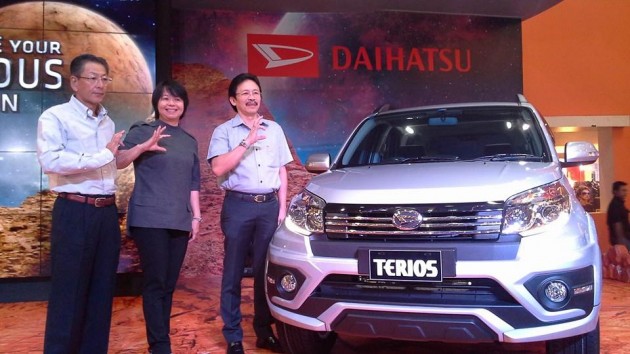


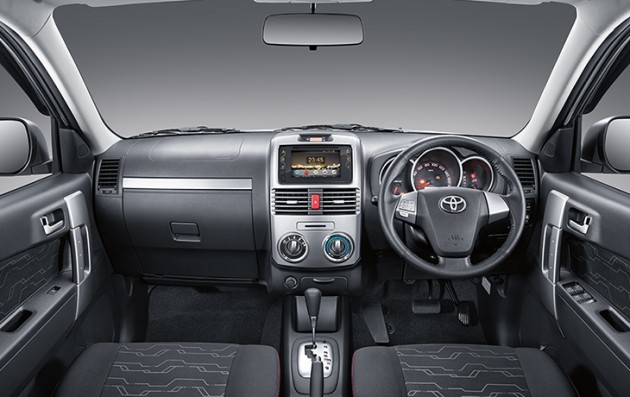
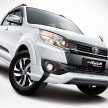
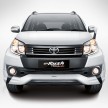
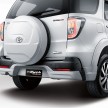
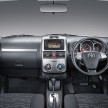
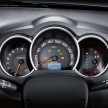
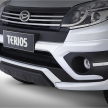
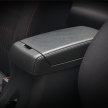
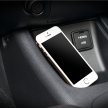
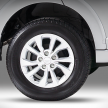
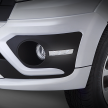



























AI-generated Summary ✨
Comments on the blog post about the Toyota Rush and Daihatsu Terios facelift in Indonesia focus on skepticism about the models' relevance and quality. Many express disappointment with the outdated 4-speed transmission, basic interior, and perceived low-tech features, comparing them unfavorably to more modern SUVs like Honda HR-V and Mazda CX-3. Some highlight the vehicle's suitability for off-road use, appreciating its durability and practical features like plastic interiors, but criticize its design and pricing prospects in Malaysia. There is a strong sentiment that these facelifted models are recycled and unchanged, with some suggesting they look old-fashioned or irrelevant in current markets. Overall, comments reflect a mix of skepticism, nostalgia, and frustration about the model's technology, design, and value.